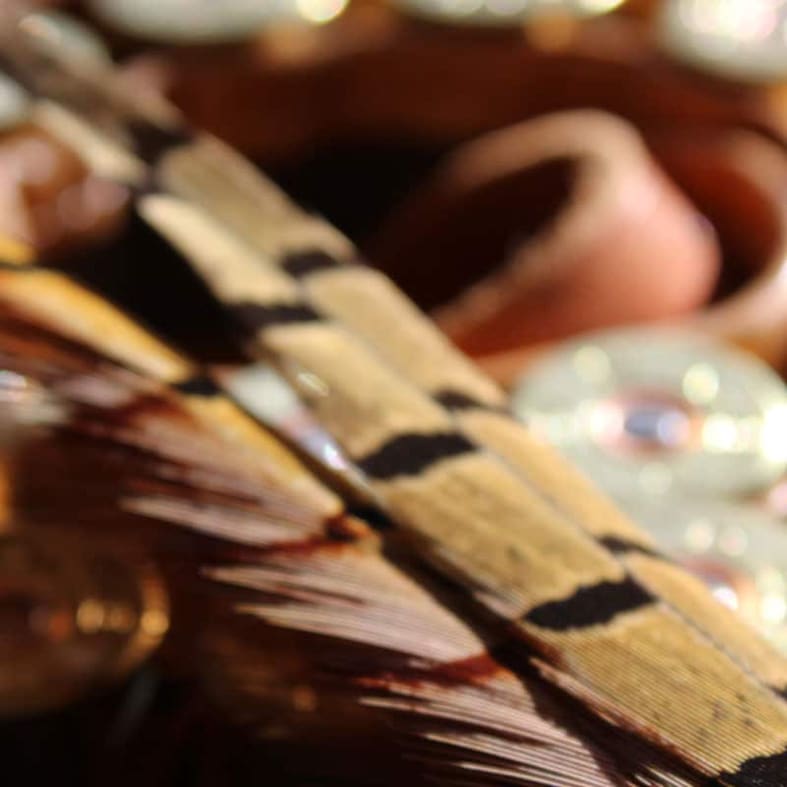


- - Features
- - Features
The appeal of steel
Neil Morrison examines the ballistic properties of steel shot and advises how to get the best results when using it to shoot wildfowl. Anyone who goes wildfowling or shoots inland ducks is familiar with the variety of non-toxic shot choices. Most people opt for steel because it is much cheaper than the alternatives. Here, he explains the ballistic properties of steel and some of the things to consider when using it.
The legal requirement to use non-toxic shot for wildfowl shooting came from the UK government signing up to the African Eurasian Migratory Waterfowl Agreement (AEWA) in 1999.
Lead poisoning in waterfowl was first noted in the USA in 1894. A study into steel shot use was carried out in the US during the 1972-73 season. Waterfowlers were given free unmarked cartridges to shoot, some being steel and some being lead, in a ‘blind’ test. The assessment concluded that there was no considerable difference to the success of those using steel shot compared with lead. The study determined that lead shot ingestion was more harmful to waterfowl than the crippling effects of the steel shot.
The findings of this investigation would see non-toxic shot becoming a requirement for waterfowl hunting in the US and would subsequently be implemented over most of the world’s wetlands. More recent studies, using modern steel cartridges, have found no difference in the rate of wounding between lead and non-lead shot.

The characteristics of steel shot
Today’s steel shot cartridges are much better than the early types. Powders are now slower burning; the shot is softer and wad design has improved massively too, with bio-degradable options now on the market.
Firing steel shot produces a shorter shot string and more uniform patterns. These improved patterns are achieved because, unlike lead shot, harder steel pellets do not deform as they travel past the forcing cone and along the choke; this also aids penetration. Lead penetrates almost 30 per cent less than the equivalent steel pellet.
The general advice to move up two shot sizes came from the fact that steel is less dense than lead shot. A lead pellet, shot size 3, weighs 4.1 grains. To match this weight in steel you have to increase the pellet by two sizes.
A steel pellet of shot size 1 weighs 4.3 grains. The introduction of a 3.5 inch case was to accommodate the larger space required by the larger steel pellets.
An unavoidable ballistic fact is that the faster you initially release shotgun pellets, the faster they will slow down. Round objects cause a strong vacuum as they travel through the air, slowing them down.
How effective are steel cartridges?
If an appropriate load and pellet size is chosen, steel can be just as effective as any non-lead alternatives or indeed lead itself.
Range estimation is an important aspect of shooting. It is important that all shooters shoot within their own limitations and pattern test their cartridges to ensure they match their cartridge to their shooting ability.
I have found shot size 5 suitable for flight pond shooting at close range, using skeet and ¼ choke and I have taken pink-footed geese using this shot size – but they have to be very close! For geese, a 36 gram load, shot size 1, (128 pellets) is very effective for both pink-feet and greylag. Large Canada geese can be shot with this shot size. However, if you can generate the necessary pellet count within the 30 inch circle at your chosen distance, I would recommend BBs for more certainty of a clean kill.
What precautions to take when using it
Steel shot is likely to ricochet off water or any hard surface because the pellets don’t deform.
The impact on birds shot with lead is considerably different.
Quarry being struck by steel pellets will bleed freely, as there is no deformation to the pellet when it passes through the flesh and bone, unlike those shot with lead pellets.
The future of steel shot
Plastic litter has been in the headlines recently due to the impact on the marine environment. Pressure is now being placed on cartridge manufacturers to produce more environmentally-friendly cartridges. Gamebore and Eley are among companies that now market cartridges with biodegradable wads.
Conclusion
Steel shot cartridges are an inexpensive non-toxic option for the shooting of wildfowl.
Today’s steel shot cartridges have progressed in quality and effectiveness. Practice at clay grounds using steel loads is useful in calculating forward allowance. Pattern testing of the field cartridges will also provide useful information on pellet distribution. All cartridges have limits of efficiency but with the correct choke/cartridge combination, steel can be very effective.
Yes, steel is an effective alternative and, like it or not, steel cartridges are here to stay!
Share

BASC Media team


Try BASC’s sustainable ammunition days
Dr Peter Marshall, BASC’s head of training and education, writes about the new sustainable ammunition days and the recent trial event that took place.

The lead shot transition: solid progress on the ground
A new study purports to show the voluntary transition away from lead shot for live quarry shooting to be in stagnation, despite evidence of progress on the ground.









